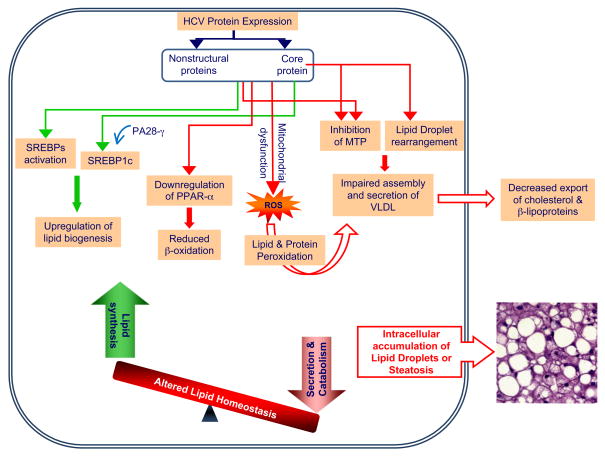Figure 2. HCV induced alterations in lipid metabolism and steatosis.
HCV alters cellular lipid metabolism to create a lipid rich intracellular environment to facilitate its own multiplication. HCV activates sterol regulatory element binding proteins (SREBPs), the master regulators of cholesterol/fatty acid biosynthesis. HCV core protein in the presence of proteasome activator PA28γ activates SREBP1c. HCV induces the downregulation of peroxisome proliferator-activated receptor α (PPAR-α), a transcription factor required for genes involved in β-oxidation and transport of fatty acids. HCV downregulates very-low-density lipoprotein (VLDL) particle secretion by inhibiting the activity of microsomal triglyceride transfer protein (MTP) activity. HCV core protein-induced rearrangement and aggregation of lipid droplets also interferes with VLDL assembly. Mitochondrial dysfunction and generation of reactive oxygen species (ROS) during HCV infection perturbs important cellular functions like VLDL assembly by promoting peroxidation of important enzymes and lipids. These events disturb lipid homeostasis leading to the intracellular accumulation of lipid droplets, which manifests as steatosis, the prominent pathological phenotype associated with HCV infection.

